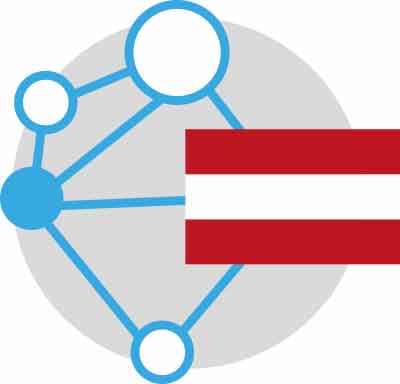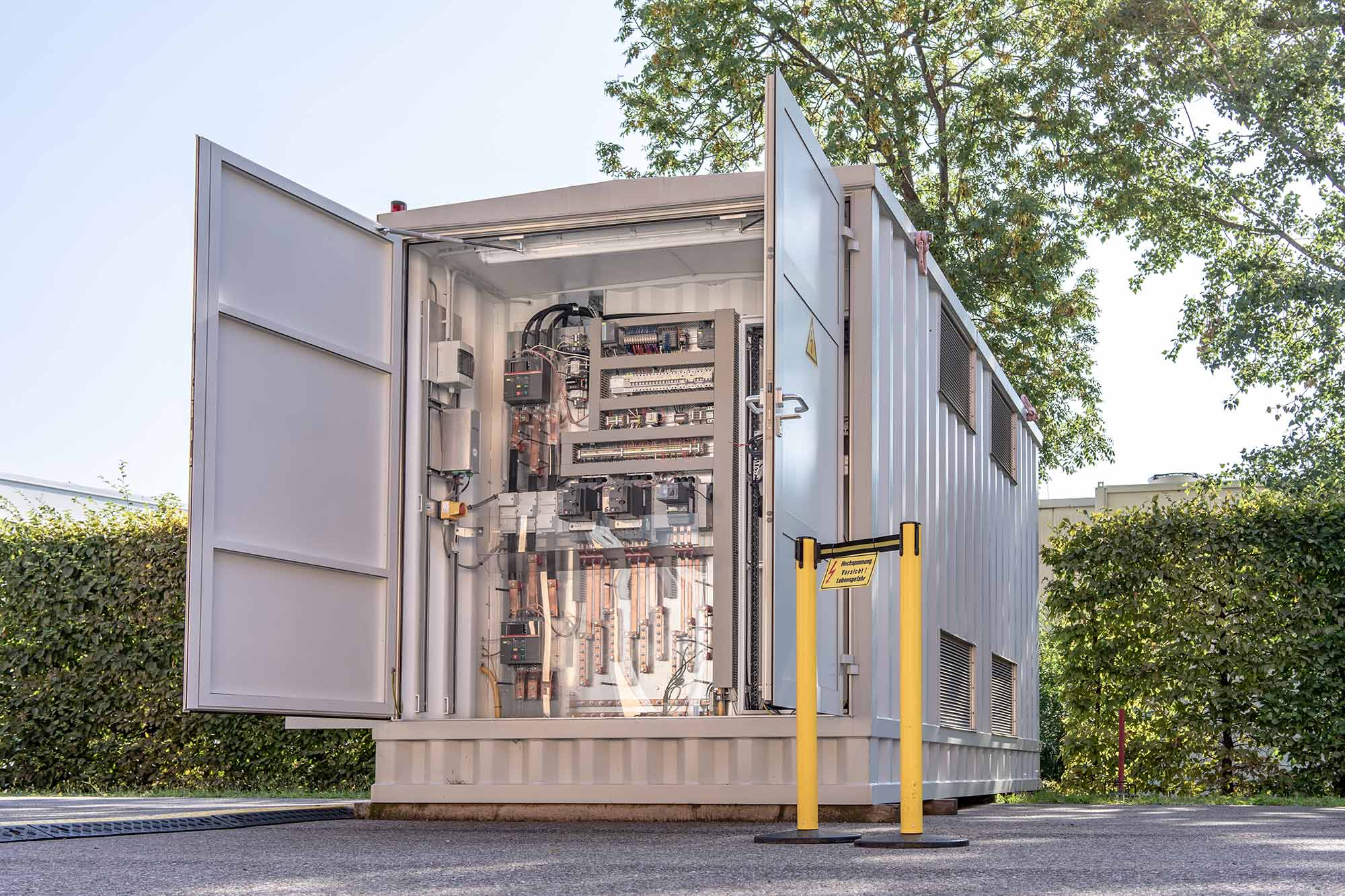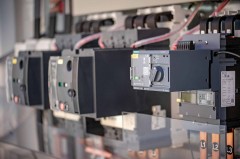
transnational
The onward march of digitalisation in power grids is changing the role that information and communication technologies play in distribution networks. Rather than just installing new hardware and network technologies, various software applications are also being deployed that process field data and perform control functions in real time. These applications are becoming increasingly necessary in order to guarantee power grid stability. The new systems and their software have to be maintained continuously and kept up to date. Updates are used, for example, to activate new functions or to adjust the configuration of existing functions, as well as to ensure system security. Distribution networks are critical parts of the infrastructure, where outages cause substantial costs. Errors in the roll-out of new software solutions or updates in the network can have serious consequences, ranging from reduced power quality to power outages. Another effect can be a reduced efficiency of the new technologies. This could negate the potential environmental and financial advantages of smart grid technologies.
Making smart grids future-proof
As part of the LarGo! project, a consortium1 led by the Center for Energy at the AIT Austrian Institute of Technology is coming up with key solutions to the operational challenges in the grid management of today and tomorrow. LarGo! enables smart grid applications to be rolled out securely and resiliently by developing a seamless, application-specific deployment process2. Two domains were considered in particular detail in the project: the roll-out of software to control intelligent secondary substations, and of software for energy management systems in buildings. Comprehensive system simulations, hardware-in-the-loop experiments and field tests were used to develop the solutions for a secure smart grid roll-out.
For example, in order to facilitate the introduction of new software applications in distribution network operations, a framework was developed that generates an optimal roll-out schedule for all devices in a distribution network and also takes the specific situation in the network into account. This ensures that a roll-out can be carried out as quickly as possible, yet without jeopardising the security of the network. In addition, the project demonstrated how a poorly planned roll-out of the software could lead to critical outages in the power grid. In order to prevent this from happening, part of the project was to work out a number of guidelines. The developments from LarGo! help to increase the efficiency and safety of future smart grid roll-outs and thus improve the acceptance of new smart grid solutions.
www.largo-project.eu
1 PROJECT PARTNERS:
AIT Austrian Institute of Technology GmbH (project management), Siemens AG Austria, Wiener Netze GmbH, OFFIS e.V. (Germany), Fraunhofer Institute for Solar Energy Systems ISE (Germany), KTH Royal Institute of Technology (Sweden)
2 Deployment processes are semi- or fully automated processes to install and configure software on PCs and servers.
This project has received funding in the framework of the joint programming initiative ERA-Net Smart Grids Plus, with support from the European Union’s Horizon 2020 research and innovation programme.
www.eranet-smartenergysystems.eu

